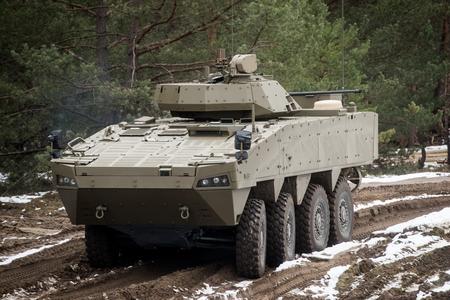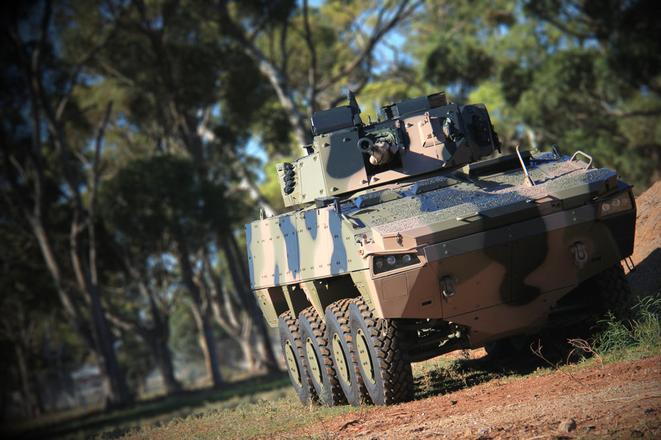The Defence Ministry sealed a deal with the Finnish producer of military transporters long before it admitted to doing so to Slovak taxpayers, as well as the rest of the government.
The ministry, led by nominee of the Slovak National Party (SNS) Peter Gajdoš, has faced suspicions of having manipulated the more than €400-million-worth military modernisation deal since October 2017, when they first submitted the purchase proposal to the cabinet session, but its approval was delayed by the coalition partners. At that point, the opposition and some media started digging into the issue and found several questionable aspects about it.
Martin Dubéci, a security analyst currently affiliated with the Progressive Slovakia political party, now published details from the technical agreement between Slovakia and Finland, which he requested from the Finnish party.
“The agreement confirms what I have been saying in the long run,” Dubéci wrote on his Facebook profile on May 9. “It was all cooked up in advance.”
The deal
Minister Gajdoš submitted a classified document to the government proposing that Slovakia should purchase 81 eight-wheel transporters for €417 million in mid-October.
The Slovak armed forces will receive the 8x8 vehicles between 2018-2024, the ministry subsequently declared back in October. About 70 percent of the new vehicles will be produced by Slovak firms, while the cost per vehicle should not exceed €4 million including VAT, Gajdoš told the press. The ministry expected this to result in 50 new jobs. Gajdos also announced that Slovakia would cooperate with the Finnish company Patria in the development of these vehicles.

The SNS did not succeed in having the purchase plan immediately approved by the ruling cabinet, with its coalition partners complaining about the intended direct order without a tender and the classified material being submitted to the cabinet members in the last moment. The government finally approved the purchase in mid-November and assigned the Defence Ministry the task of presenting the prototypes of both the 8x8s and the 4x4s by the end of 2018.
Long before
Dubéci now found in the agreement that the decision for the concrete model that the two countries would develop together was made in July 2017. Finland was supposed to provide the vehicle prototype in October 2017, but the government only approved the purchase in November.
“The documents describe how the project will be financed, how the prototype will be developed, when it will be supplied, and such,” Dubéci told the Sme daily. “These things happened long before the ministry received the mandate from the government to do it.”



 Patria AMV, illustrative stock photo (source: Patria)
Patria AMV, illustrative stock photo (source: Patria)